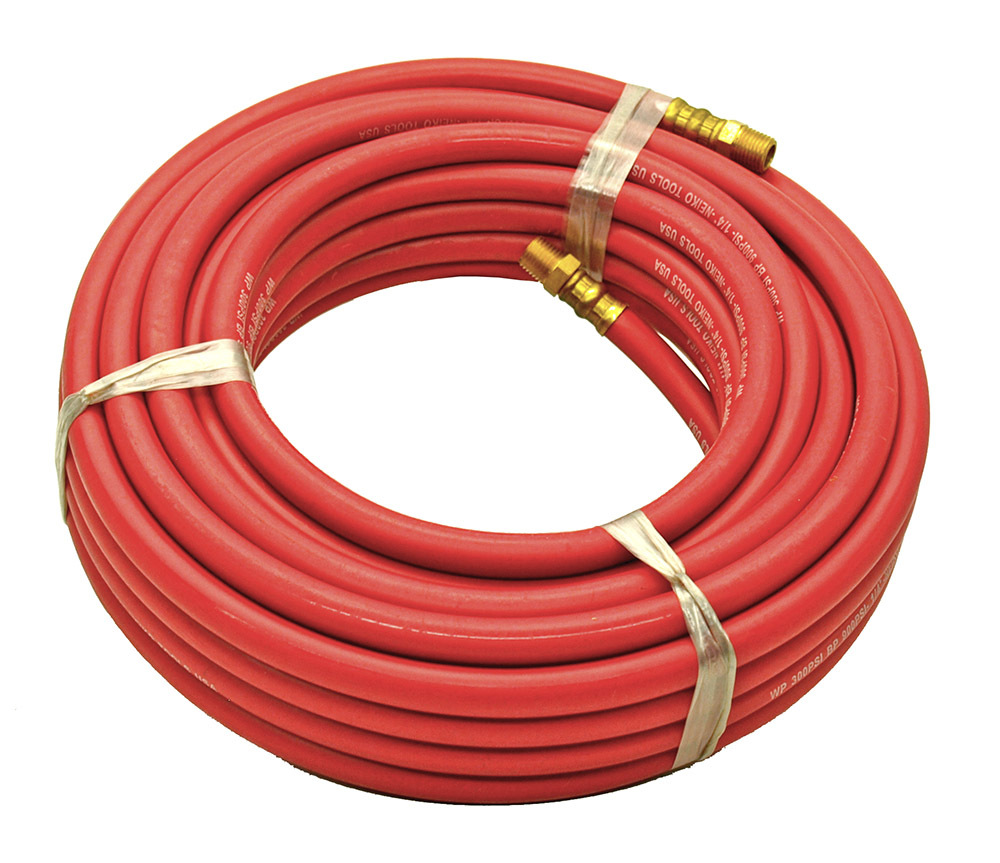Comprehensive Guide to Different Types of Fire Hoses for Emergency Situations
Types of Hose in Firefighting
Firefighting is a critical component of emergency response, and one of the most vital tools in a firefighter's arsenal is the fire hose. Fire hoses are specifically designed to deliver water or other extinguishing agents to the site of a fire, facilitating effective firefighting efforts. Understanding the different types of hoses available can enhance operational efficiency and ensure that firefighters are adequately equipped to combat various kinds of fires. This article explores the main types of hoses used in firefighting.
1. Attack Hoses
Attack hoses are vital in directly combating flames. These hoses are designed to withstand high pressures and deliver a powerful stream of water. Typically, attack hoses are made from synthetic materials that provide durability and resistance to abrasion. They come in various diameters, with 1.5-inch and 2.5-inch sizes being the most common. The choice of diameter often depends on the scale of the fire and the required flow rate.
There are two primary categories of attack hoses shoulder hoses and handlines. Handlines are smaller and can be easily maneuvered by a single firefighter, while shoulder hoses are larger, requiring multiple personnel to manage their weight and size. The flexibility and resilience of attack hoses make them suitable for both structural fires and wildland firefighting operations.
2
. Supply HosesSupply hoses are crucial for transporting water from hydrants or water sources to the fire engine. These hoses typically feature a larger diameter, generally ranging from 4 inches to 5 inches, allowing for a high volume of water flow. Supply hoses are engineered to handle the intense pressure that comes from being connected to a water source while also being lightweight enough for easy deployment.
Made from high-quality materials, supply hoses are designed to resist kinking and abrasion, ensuring a reliable connection for extended periods. Available in various lengths, supply hoses can be rolled up compactly for storage and are often deployed in conjunction with attack hoses to ensure a consistent water supply.
types of hose in fire

3. Booster Hoses
Booster hoses are specialized hoses designed for quick firefighting actions, often found on fire apparatuses for immediate use. These hoses are smaller, with typical diameters of 1 inch to 1.5 inches, making them lighter and more manageable. Booster hoses are typically used for small, contained fires or to facilitate quick hydrant access in urban settings.
One of their notable features is their ability to produce a high-pressure stream of water, making them effective for targeting small fires while minimizing water usage. However, because they are not designed for extended firefighting operations or high flow rates, booster hoses are best suited for initial attack scenarios before larger lines are deployed.
4. Ladder Hoses
Ladder hoses are a specialized type of hose that is used with aerial ladder trucks. These hoses are typically flat, allowing them to easily fit along the rungs of a ladder while providing firefighters at height immediate access to water. Ladder hoses are usually lighter and designed for moderate pressures but can still deliver effective streams of water to extinguish flames or protect exposed structures.
Conclusion
Understanding the various types of hoses in firefighting is essential for effective emergency response. From attack hoses that battle flames directly to supply hoses that ensure a steady water flow, each type plays a critical role in firefighting operations. With the right hoses, firefighters can effectively manage different situations, ensuring safety and efficiency in their brave efforts to protect lives and property. As firefighting technology continues to advance, the design and functionality of hoses will likely evolve to meet the challenges posed by modern-day fires.
-
Top Quality Oxy Acetylene Hoses for Sale Fit for Welding DemandsNewsJul.28,2025
-
The Future of Pneumatic Air Tubes in IndustryNewsJul.28,2025
-
Superior and Reliable LPG Hose Pipe Solutions for Every NeedNewsJul.28,2025
-
Exceptionally Durable and Versatile Premium Braided PVC TubingNewsJul.28,2025
-
Best Adapters for Connecting Garden Hose to PVC Pipe ConnectionsNewsJul.28,2025
-
The Essential Role of LPG Hoses in Safe and Efficient Gas DistributionNewsJul.16,2025














